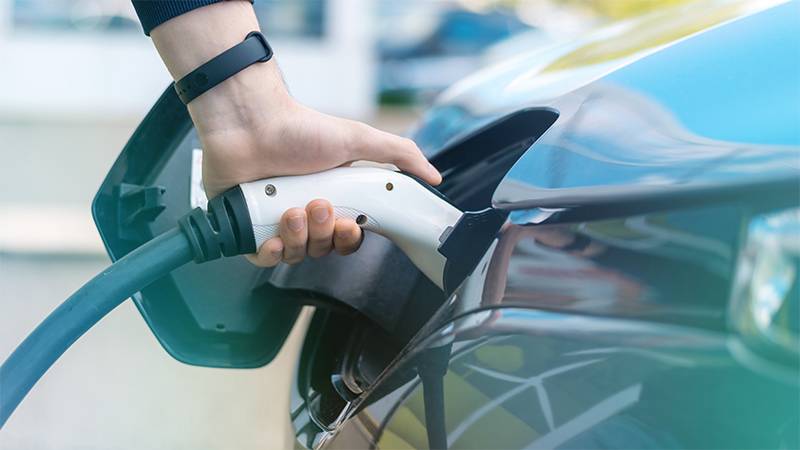The recent modification of the federal electric vehicle (EV) incentive, which now offers an instant rebate at purchase, marks a significant step in making EVs more accessible, especially for low and middle-income buyers. This change is part of the Inflation Reduction Act and reflects a push towards sustainable transportation.
Previously, the clean vehicle tax credit provided up to $7,500 for new electric, hydrogen, or plug-in hybrid vehicles, and up to $4,000 for used ones, but it could only be claimed when filing taxes. This system was less beneficial for those unable to afford the initial cost or those with insufficient tax liability. The shift to an upfront rebate, effective from Monday, enables immediate financial relief at the point of purchase.
The EV market has seen substantial growth, with over one million electric vehicles sold in the United States in 2023. However, the average transaction price for new EVs remains high, at around $53,469, posing a barrier to many potential buyers. The new rebate system aims to alleviate this issue, making EVs a more viable option for a broader range of consumers.
The tax credit applies to households with incomes up to $300,000, varying by filing status, and covers vehicles up to specific price caps. For the rebate to be applied, consumers must purchase from dealers registered with the IRS under this program. Dealers will either reduce the sale price or offer a cash rebate, later reimbursed by the IRS.
While the list of qualifying cars is shorter in 2024, Rivero said the rebate creates opportunities for buyers previously priced out of buying an electric vehicle, especially if they “stack” it with local incentives available from their state, local government, or utility.
Despite the apparent benefits, the updated incentive also introduces complexities. According to Grist, the Biden administration’s focus on promoting a domestic EV supply chain means that to qualify for the incentive, vehicles must meet specific criteria regarding the sourcing and manufacturing of battery components and critical minerals in North America. This requirement may limit the range of eligible models.
Industry experts anticipate that out of the 17 all-electric models available, perhaps only 10 might qualify for the full credit. Variations within a single model line could also affect eligibility, as observed with Tesla’s Model 3. The Department of Energy provides an online tool to help consumers identify eligible vehicles.
Another challenge is the lack of clarity on how consumers can identify dealers registered for the program, as the IRS has not provided a comprehensive list. This uncertainty could complicate the buying process for potential EV owners.
Despite these hurdles, the new rebate system is a promising development for those previously priced out of the EV market. It offers an opportunity, especially when combined with local incentives, to significantly reduce the cost of acquiring an electric vehicle. In some areas, like San Mateo County, residents can combine the federal rebate with local utility and state programs, potentially reducing the cost of an EV to less than $5,000.
Overall, the shift to an upfront federal rebate for EV purchases represents a meaningful advancement in promoting sustainable transportation. It addresses financial barriers and encourages a broader demographic to consider electric vehicles, contributing to environmental goals and the transition to cleaner energy.
More inspiring green news similar to this:


